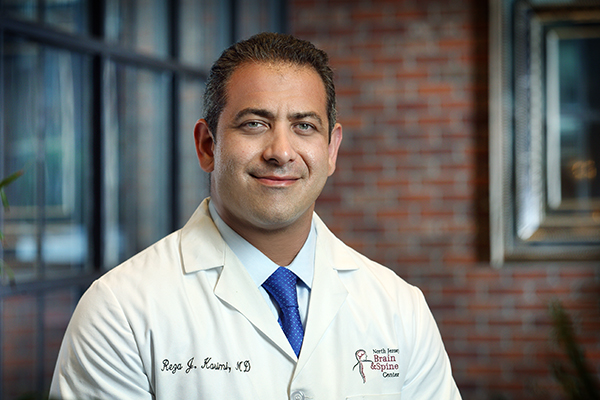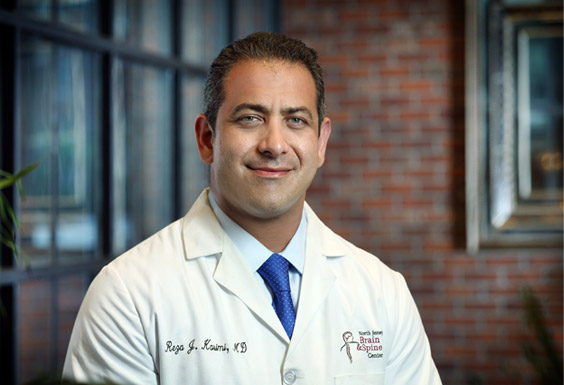22-year-old Makes Incredible Recovery from Both COVID-19 and Stroke: Danny Dominguez’s Story



As a 22-year-old man, Danny Dominguez isn’t the typical stroke patient. The first time he experienced shortness of breath and headache accompanied by a throbbing sensation in April 2020, he went to a nearby hospital and was sent home with pain medication.
A few days later, he was at home and wasn’t feeling well. His intuition told him to give his mother a hug before she left for work. “It was just an instinct,” Danny says. “A few minutes later, I started losing consciousness and woke up in the hospital.”
This article was originally posted on Hackensack Meridian Health’s website and features our own neurosurgeon, Reza Karimi, MD.
Read the full article from Hackensack Meridian Health.